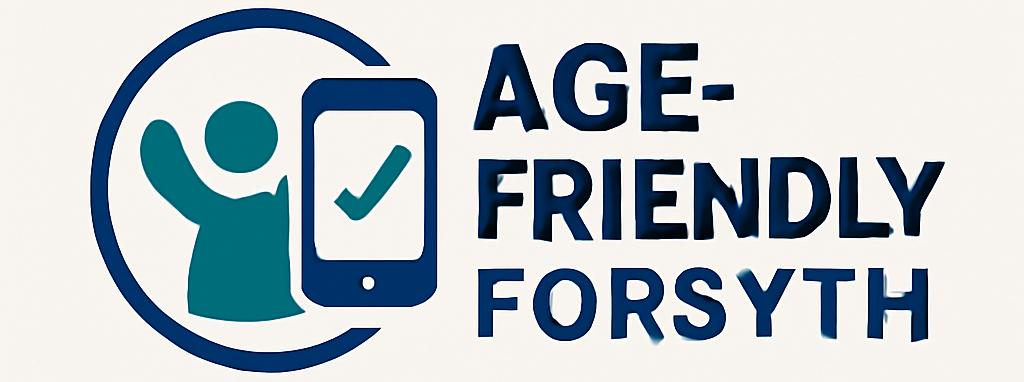The ability to manage participants within a multimedia messaging service (MMS) conversation on an Android device is a common need. This functionality allows the administrator of the group message, or sometimes any participant depending on the carrier and messaging application, to exclude individuals from further communication within that specific thread. For example, if a project team is collaborating via group text, removing a member who has transitioned to a different project ensures that sensitive or irrelevant information is not shared with them.
The capacity to curate group text participants is vital for maintaining privacy, relevance, and operational efficiency. Historically, the limitations of SMS and early MMS technologies made managing group memberships cumbersome. Modern messaging applications, however, provide more streamlined solutions, enhancing user control and reducing the potential for miscommunication. Removing individuals from a group text stream can help maintain focus, respect confidentiality agreements, and prevent the needless distribution of information.
